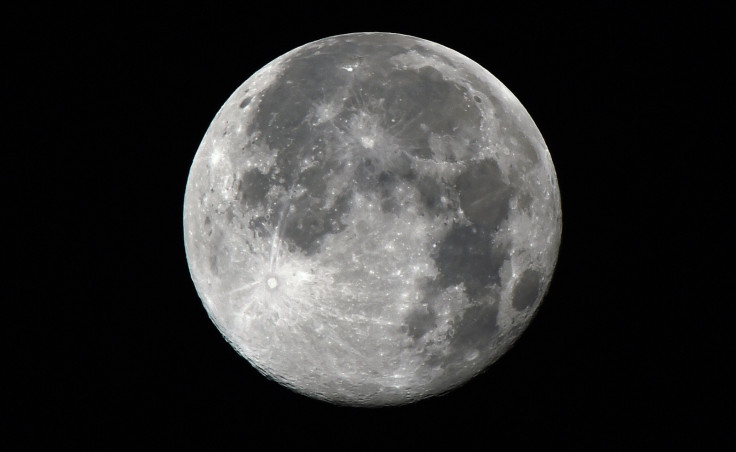New study explains why the Moon has a 'pure' crust
This also explains how large parts of the Moon's crust are made up of 98% plagioclase.

The Moon, which was formed from a part of Earth that was lopped off during a planetary collision billions of years ago, was nothing more than a massive ball of hot magma for a long time.
But do you know the modern Moon's crust is really "pure"? Scientists, for a while now, have tried to find an answer to how the Moon developed a crust composed of just one mineral.
Now, researchers from the University of Texas at Austin Jackson School of Geosciences have come up with an explanation for the above question by looking into the Moon's origins.
They recreated the magmatic melt that covered the entirety of the Moon under laboratory conditions and uncovered new insights about the lunar surface, reports Science Daily (SD).
Their initial findings pointed to rocks floating to the outer layer of the magma ocean on the Moon and settling there, cooling. While this explains the formation of the crust, it does not explain how the entire crust is just one mineral- plagioclase.
According to the researchers, there must have been a secondary event that caused this.
Large parts of the Moon's crust are made up of 98% plagioclase, says the report.
"It's fascinating to me that there could be a body as big as the Moon that was completely molten," said Nick Dygert, an assistant professor at the University of Tennessee, Knoxville, who led the research.
The prevailing theory is that plagioclase simply floated to the surface of the magma ocean. While that seems like a simple enough solution, this would mean that the liquid rock maintained a specific viscosity – thickness, or "gooiness" – for this to happen so evenly. This was the theory that the researchers wanted to question.
Dygert recreated the molten moon in the lab by making moon like magma in a high-pressure apparatus, melting mineral powders by firing high energy X-rays. The magma was then tested for viscosity by immersing a "melt resistant" sphere in it and measuring the time it took to sink.
Results of the experiment found that the lunar magma could not have been more viscous than olive oil at room temperature, so the plagioclase floating to the surface makes sense.
But how did it end up being this pure in most parts of the Moon?
The secondary event that explains it, notes the report, is what researchers are calling a "crustal overturn".
Old impure plagioclase was replaced by hot, pure plagioclase as the moon cooled rapidly.
Asteroid hits, space dust, and other harsh space conditions could have also sheared away the surface impurities, notes the report.
"I view the Moon as a planetary lab," Dygert said. "It's so small that it cooled quickly, and there's no atmosphere or plate tectonics to wipe out the earliest processes of planetary evolution. The concepts described here could be applicable to just about any planet."





















